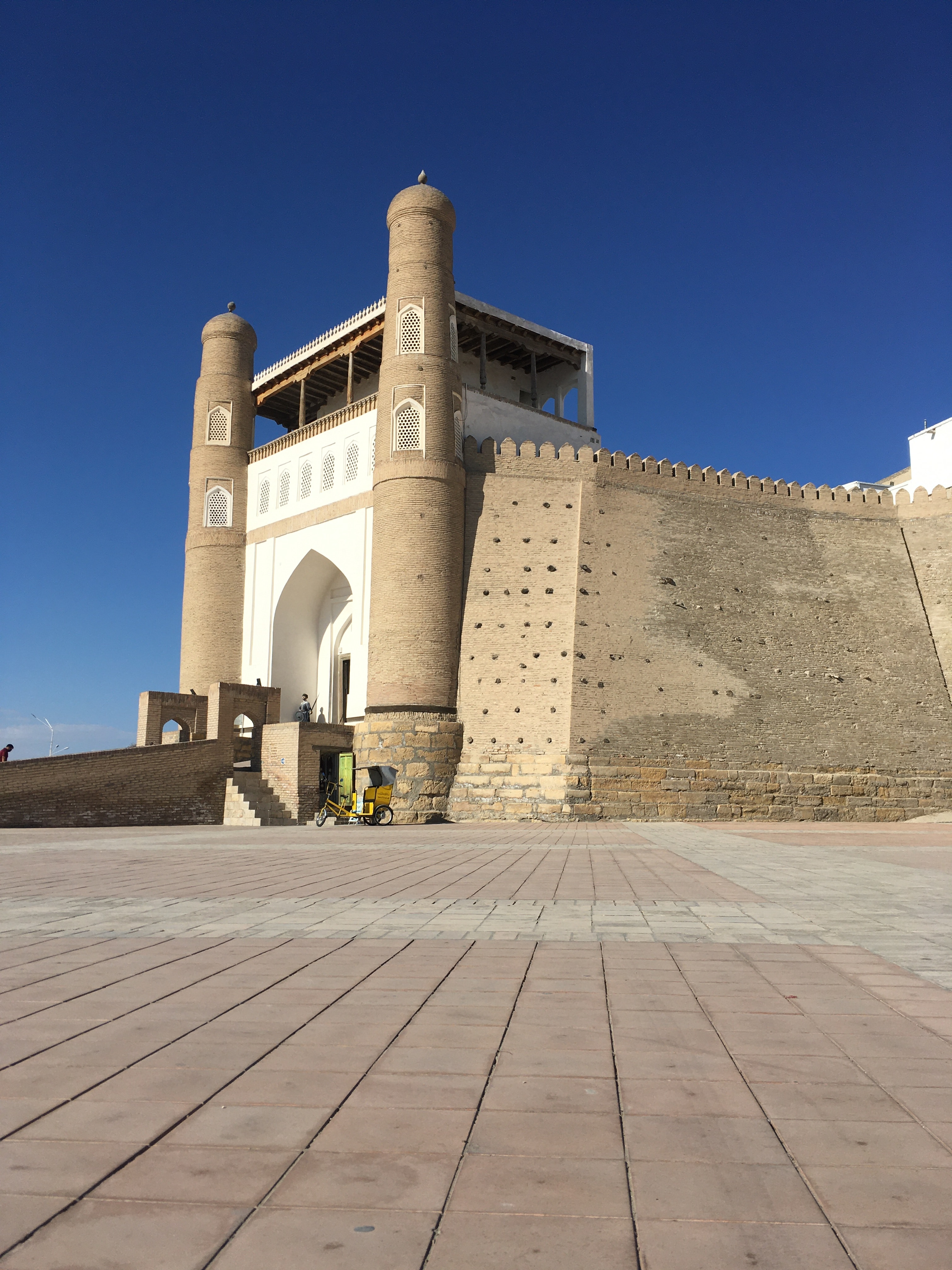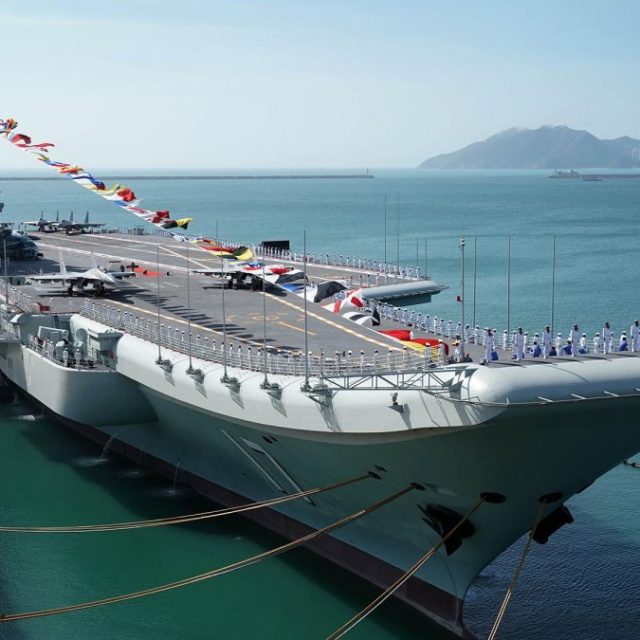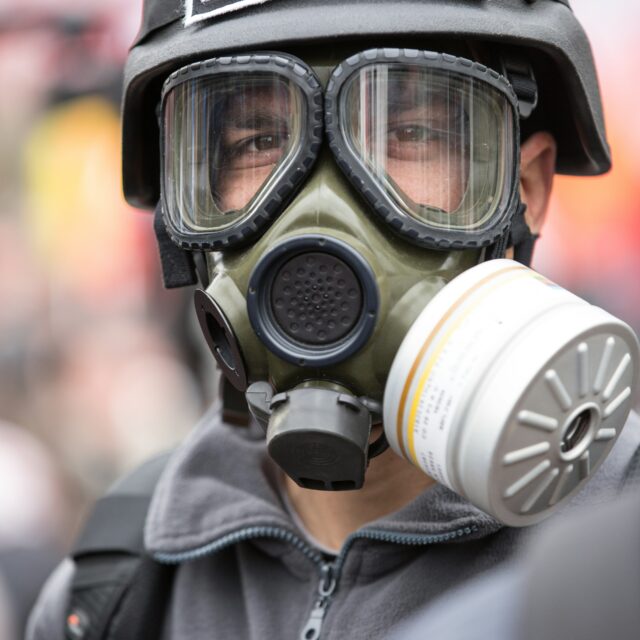Photo by Albert Hyseni on Unsplash
While Russia continues to throw unprecedented resources into its war machine, the country’s industrial foundations are showing clear signs of strain. Key strategic sectors including automotive, metallurgy, and agricultural machinery are quietly reducing operations. Enterprises such as AvtoVAZ and KamAZ have transitioned to four-day working weeks, citing falling demand and bloated inventories. Agricultural equipment producers are reporting a 30% decline in orders, leading to furloughs and layoffs.
Metallurgical companies, once the foundation of Russia’s export economy, are experiencing a sharp decline due to export restrictions, increased domestic taxes, and diminished access to international markets. Overall, the country’s industrial sector is shrinking, and many large employers are preparing for further layoffs as purchasing power declines and inflation continues.
At first glance, the military-industrial complex seems shielded from this decline. Russia has allocated a record ₽13.5 trillion – more than 30% of the federal budget – to defence expenditure in 2025. Production of drones, tanks, and artillery systems has undoubtedly increased in scale, enabling Moscow to sustain its war effort against Ukraine. However, beneath the surface, the MIC is dealing with growing vulnerabilities.
Much of the increased output depends not on innovation, but on refurbishing and serially producing ageing Soviet-era designs. Russia’s military technology, in many cases, remains basic by Western standards. Analysts increasingly describe the Kremlin’s production approach as good enough, or adequate for ongoing destruction in Ukraine, but unsuitable for a long-term, high-tech confrontation with NATO-standard forces.
Labour shortages are severe. Russia has lost tens of thousands of skilled workers to the battlefield, sanctions, or emigration. Defence factories are now operating on gruelling shift schedules, with engineers and technicians working 12 hours a day, six days a week. Efforts to attract new personnel with wage bonuses have yielded uneven results. Management and design expertise, vital for long-term innovation, is diminishing.
Technological isolation is worsening these problems. Sanctions have severely limited access to high-quality electronics, machine tools, and advanced components. Efforts to domesticate or replace Western imports have led to lower-standard alternatives. Russia’s widely-publicised progress in drone warfare, for instance, relies heavily on Iranian designs and foreign-sourced parts, many of which are controlled under international export restrictions.
Even the most secure sector of the Russian economy cannot sustain this combination of isolation, overextension, and attrition indefinitely. The economic model supporting Russia’s military expansion is fragile – and increasingly reliant on emergency measures, coercive labour practices, and dwindling reserves of technology and skilled personnel.
Sanctions, often criticised for their delayed effects, are now making an impact. From regional budget deficits to declining factory output and rising worker unrest, the pressure is no longer merely theoretical. The strategic weakening of Russia’s industrial base has become obvious and it is accelerating.
This presents Europe with a narrow but crucial window of opportunity. If sanctions are maintained and expanded, especially in sectors like high-tech exports, financial flows, and defence-related supply chains, and combined with ongoing diplomatic and political isolation. Then, they can pressure Russia to reconsider its course.
Combined economic decline and strategic pressure may not swiftly end the war. However, they could compel the Kremlin to cease its ongoing terror attacks on Ukrainian cities and return to real negotiations. Russia’s fears include not only battlefield losses but also the slow collapse of its economic and industrial base, a process that has already started
.




